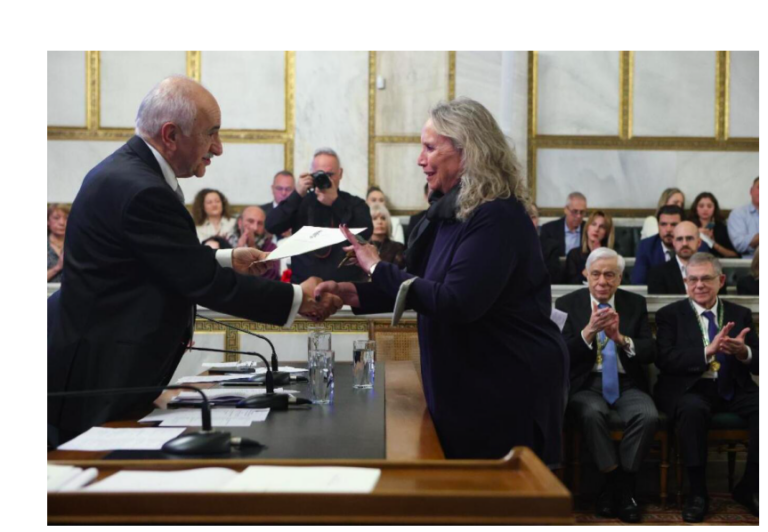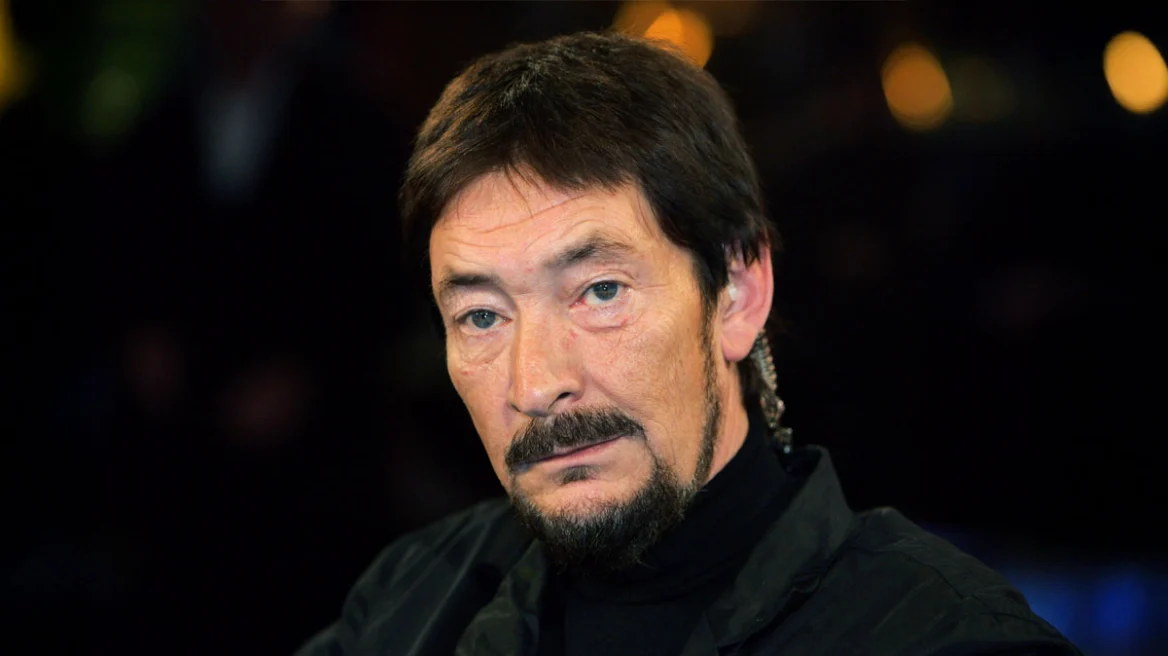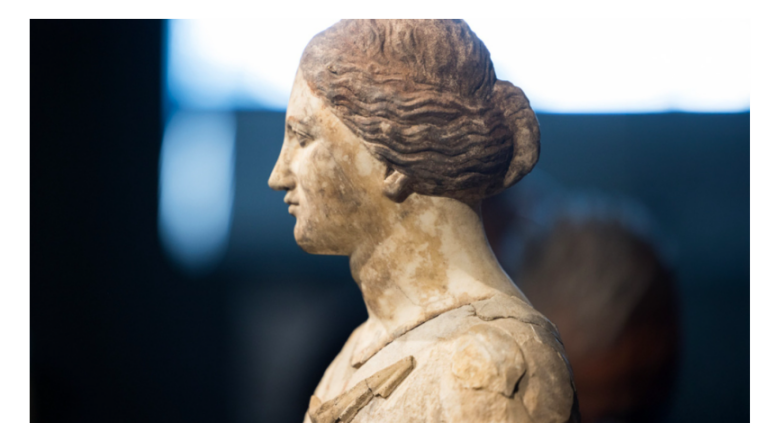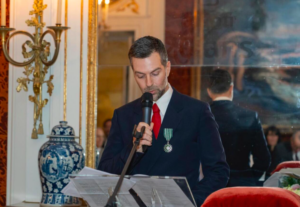Plans to establish the Pheasant Museum had long been brewing in Victoria’s mind. However, implementation began shortly after her father’s death in 2022, and the museum opened its doors to the public in 2023 in Agios Pavlos, the neighborhood beloved by the great Greek artist during his formative years. “Essentially, we aimed to manage his body of work and protect his copyright,” explains Victoria Fassianou.
From the 1930s to the 1970s, the artist’s paternal house, a quaint neoclassical building with an inner courtyard and tiled roof, stood on the grounds where the Alekos Fasianos Museum now stands. The family settled there when Alekos Fasianos’ grandfather, Andreas, became a priest at the church of Saint Paul. “Growing up there, the memories of the neighborhood profoundly influenced his later artistic themes,” Victoria reflects.

“At a young age, he frequented theaters like ‘Peroke’ and ‘Samartzi,’ cinemas such as ‘Alcazar’ and ‘Victoria,’ and the Archaeological Museum. His explorations led him to interact directly with the Athenian neighborhood’s tradesmen and artisans, such as milkmen, cobblers, and bakers,” she adds. The storyline, as expected for the era, shifted in the 1970s when the neoclassical structure was demolished to make way, per the wishes of his mother Eleni, for an apartment building.

Living in Paris at the time, Alekos Fasianos was dissatisfied with the outcome and, in late 1980, commissioned his friend and architect Kyriakos Krokos to redesign the space, incorporating a small exhibition area on the ground floor for his works. Thus, the vision for the Alekos Fasianos Museum took shape.
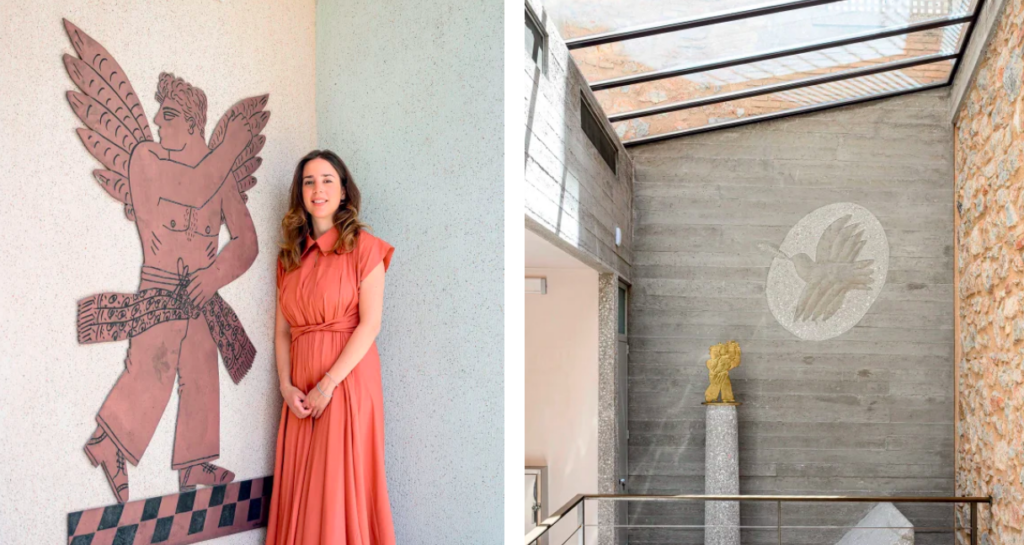
“The shared aesthetic and philosophical principles that guided their creative and personal lives are evident in this structure. They aimed for a minimalist architectural style,” Victoria explains. The entire space was enriched and meticulously crafted with various materials and finishes — from concrete and stone to mosaic — and a color palette featuring earthy greys, reds, and ochres. “Our aim was to create a space that harmoniously converses with his art.”
While Alekos Fasianos did not originally envision a museum, his family has enriched the space with dozens of his works. “The Alekos Fasianos Museum showcases works spanning from 1956 until the end of my father’s life. Visitors encounter early abstract pieces from the 1960s, as well as later works influenced by Byzantine art, collages, and mixed techniques — all bearing the unmistakable Fasianos style,” Victoria explains. “The legend of his neighborhood unfolds through paintings depicting scenes and experiences from Agios Pavlos, where he grew up, and his explorations in Athens,” she emphasizes. “The heroes of his childhood merge with those of Greek mythology, creating the timeless hero that is humanity.”
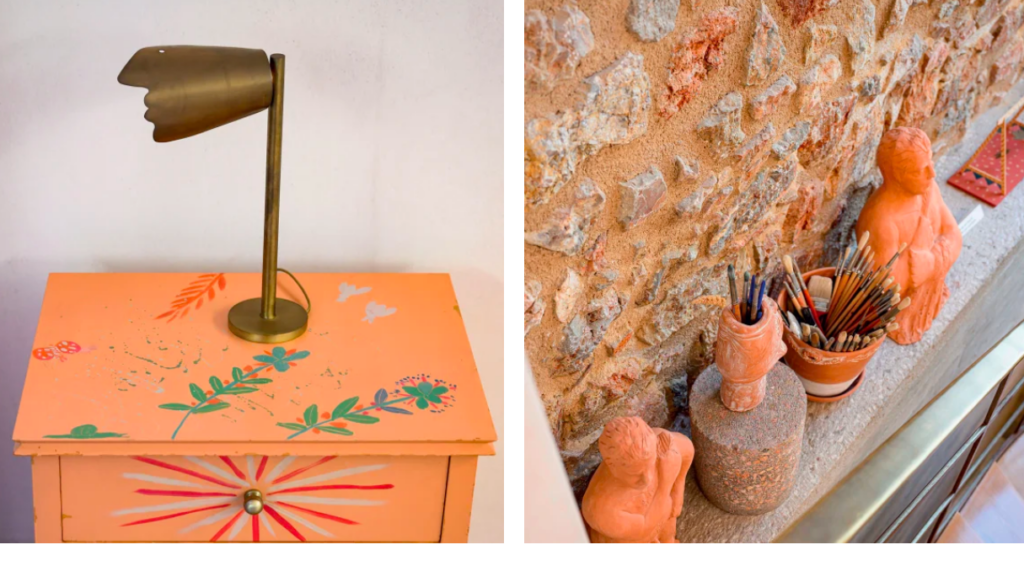
Victoria reveals that she truly grasped her father’s artistic magnitude after completing her education. “We spent countless hours together. Alekos enjoyed visiting taverns, believing culture could be found even in the simplest places. He even designed furniture. His artistic imprint was on everything in our home, and he insisted we treat his belongings with reverence,” she recalls.
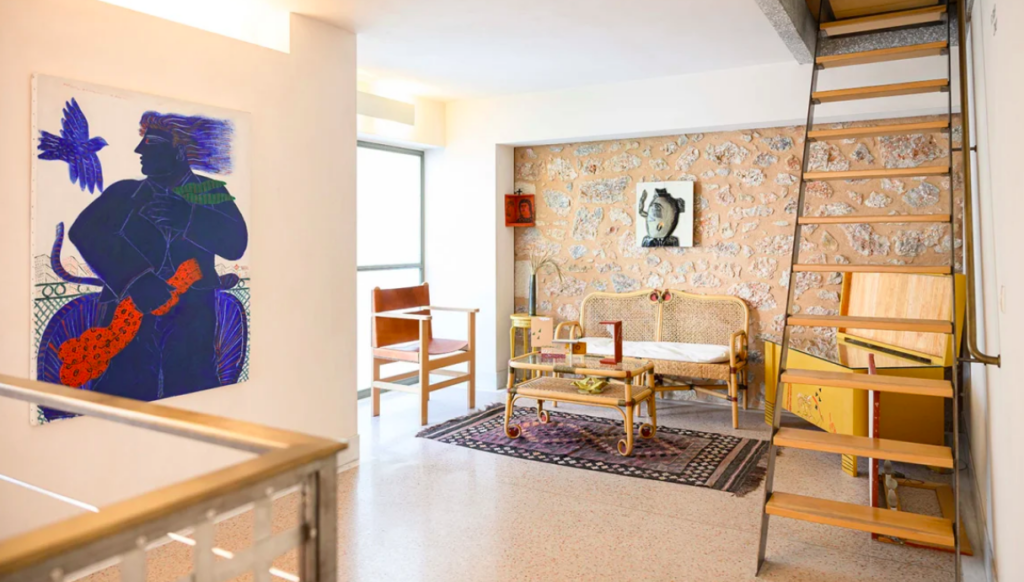
“As a child, I couldn’t understand why I wasn’t allowed to lounge or sprawl on the couch like my peers. Alekos used to say that sinking into a sofa made one lazy. He spent his days locked in his studio, painting and immersed in his world. Entering his studio with him was a cherished privilege,” she concludes.
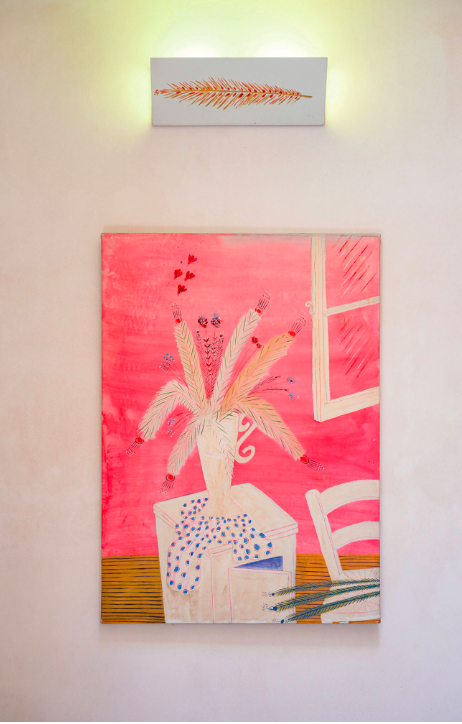
Regarding Alekos Fasianos’ enduring advice that she holds dear, Victoria shares, “His counsel to ‘be like the bee — travel widely, gather experiences, and ultimately create something uniquely your own’ remains a guiding principle.”
Ask me anything
Explore related questions

